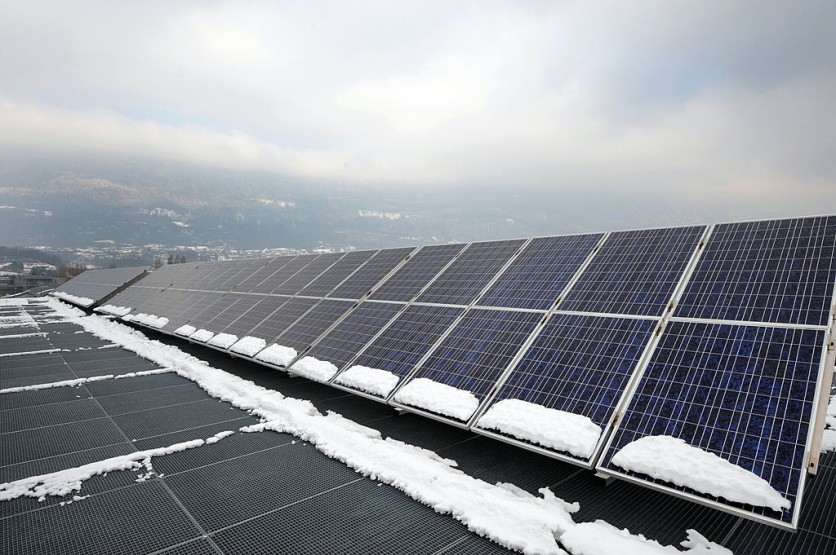Germany's electricity was reportedly generated by renewable sources in the first quarter of 2024, with 58.4% being contributed by sustainable options, setting a new record.
Germany generated a staggering 121.5 billion kilowatt hours from renewables, representing an 11.6% rise over the previous year. Meanwhile, fossil-fuel power generation fell by 25.4%, accounting for only 41.6% of Germany's total energy production.

Wind power made a significant contribution, providing an additional 5 billion kilowatt-hours, a 12% increase over last year. It currently accounts for 38.5% of the country's electricity. Solar power also had a tremendous increase, growing by 1.4 billion kilowatt hours, or 21%. It currently accounts for 6.6% of Germany's electricity.
The country aims to cut greenhouse gas emissions by 2023 by a minimum of 65% compared to 1990 levels. It has set intermediate goals of reducing emissions by 88% by 2040 and achieving net zero by 2045.
However, sources suggest that more actions must be taken to reduce greenhouse gases in the transport and infrastructure sectors, which failed to meet their emissions targets in 2023.
Renewable energy sources continue to be promoted worldwide, including one of the most recent advances coming from China.
Read Also : US Social Media-Based Public Opinion on Nuclear Energy Becoming Positive, New Study Shows
China's Development of Green Energy
A solar project in the republic situated in the barren landscape of Xinjiang, the 5GW complex boasts 200,000 acres of coverage and is connected to China's grid. It is purportedly capable of supplying power to a small country like Luxembourg or Papua Guinea.
China already views itself as a leader in solar power adoption, with a goal to increase capacity by more than 50% by 2023.
The new solar farm outperforms the preceding Ningxia Teneggeli and Golmud Wutumeiren solar projects. Surprisingly, both of these areas are also in China.
With many countries adopting solar power, China is committed to achieving an "extraordinary" achievement in renewable energy.
According to sources, China's new renewable capacity accounts for over 60% of the total. The nation intends to have it operational by 2028.
Meanwhile, Longi Green Energy Technology, a major participant, estimated that solar panels in Chinese residences are sufficient to power the whole country and Southeast Asia.
Specialists are only concerned about the fabrication of solar panels in China. According to them, such large numbers may result in trade conflicts caused by overcapacity.
US Lags on Renewable Energy Adoption
While both Germany and China are setting new records in terms of renewable energy sources, the United States is reportedly falling behind, primarily due to its preference for gas over cleaner alternatives.
According to Ember's annual global electricity assessment, the United States is seeing a drop in the usage of fossil fuel-fired power facilities, implying that electricity output and greenhouse gas emissions may peak in 2023.
In an email, Ember's insights director, Dave Jones, stated that decreasing power sector emissions is now unavoidable.
He cited 2023 as a watershed period in energy history, signaling a crucial turning point. Jones did, however, underline that the improvement rate depends on the continuous momentum of the renewable revolution.





